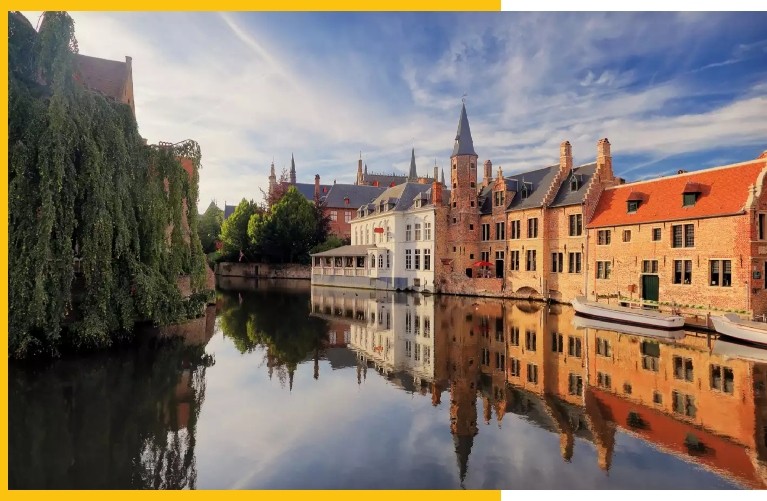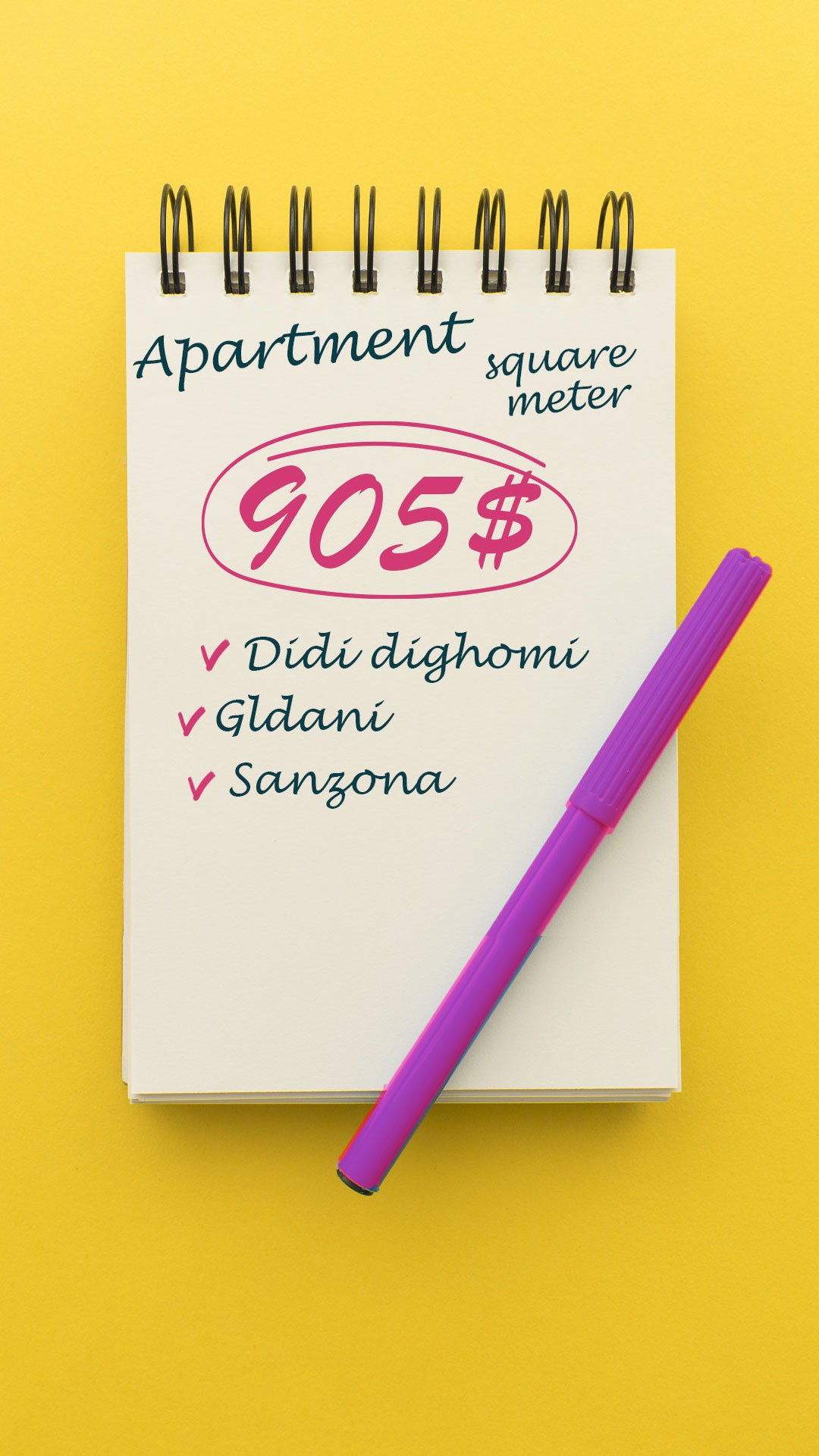News

Real estate in Europe
As in the rest of the world, the real estate market in Europe is developing and continues to grow. The total market size is estimated at 1.95 trillion USD in 2023 and is expected to exceed 2.43 trillion USD in 2029. In recent decades, the standard of living in Western Europe has improved significantly, and the population has increased, which has contributed to the increase in demand for real estate. It is significant that the trend of population aging has led to a decrease in the average household size (the number of family members has decreased because several generations no longer live in the same house).
Despite high demand driven by demographic factors, many European cities are struggling to offer new housing. It can be said that there are signs of deficiency in this regard. The construction sector faces many challenges, including lack of funding, lengthy planning processes, etc. Along with everything, the cost of living increases, which leads to a decrease in access to housing. The imbalance between demand and supply is expected to further worsen.

In the European Union, 69% of the population owns housing, 31% lives in rented housing (for comparison, the rate of apartment ownership in Georgia is 91.3% at the national level, and 84.5% in Tbilisi). The rate is lower in certain countries of Western Europe: 64% in France, 49% in Germany, and 42% in Switzerland. 1 Sq.m. The cost of an apartment varies greatly by country, region or city. For example, in Germany it usually ranges from 3000 to 8000 euros. Over 10,000 euros in Paris. In Italy and the Baltic countries, it ranges from 2000 to 3000 euros. The cheapest is in the Balkan countries.
In general, the best rates of housing affordability are in Belgium and Denmark. The money for buying an apartment is earned in different periods in European countries:
- 4.3 years in Belgium;
- 5 years in Denmark;
- 6.2 years in Italy;
- 7 years in Britain;
- 8 years in Poland.

The most apartments were built in France (more than 482 thousand) and Poland (more than 238 thousand). In the 1950s and 1970s, mass social housing construction took place throughout Europe. Tens of thousands of panel buildings were built in the socialist countries of Eastern Europe. Public housing programs do not lose their relevance to this day. 34% of the housing stock of the Netherlands is occupied by public housing. As a rule, public housing is built by private companies with subsidies from local governments or the state. Apartments will be given to citizens at market price or with other benefits. The local government also takes care of the families who are renting and offers them shelter at a minimal cost. In 1980 in the United Kingdom, the Thatcher government passed an act according to which housing on the municipal balance sheet, which was rented, was given to tenants at a significant discount.
In the last period, the demand has been steadily increasing by settling in rural areas outside the city (usually 20 km away from the center). People want to buy houses in villages, various programs encourage them to do so. All this increased the value of land outside the city. The trend of land and house prices continues to rise. The majority of Western countries are characterized by low mortgage interest rates. In European countries, it is usually single-digit and ranges from 2 to 7% (the average rate in Georgia is 11.5%).
როგორ აძლიერებს მწვანე სივრცეები ცხოვრების ხარისხს? - “სხვა უბნის” მაგალითი
“სხვა უბანი” - კომფორტი, სიმშვიდე და მწვანე სივრცეები ერთ სივრცეში.
2 დაუჯერებელი ამბავი “ალფა სახლისგან” მოიგე ბინა Youtube-ზე! - შეიძინე ბინა დღეში 36 ლარად!
ალფა სახლი“ - პირველი ბინის გათამაშება YouTube-ზე + ბინის შეძენა დღეში მხოლოდ 36 ლარად.
ბინის შეძენა ოჯახთან ერთად - მარტივი, სანდო, გრძელვადიანი ინვესტიცია
ბინის შეძენა ოჯახთან ერთად არ არის მხოლოდ პირადი გადაწყვეტილება – ეს გონივრული ფინანსური ნაბიჯი და სტრატეგიული ინვესტიციაა. ოთხი დამოუკიდებელი ოჯახის წევრის ერთობლივი მონაწილეობა ზრდის უსაფრთხოებას, სტაბილურობას და ფინანსურ მოქნილობას.
Real estate market stability in Georgia
Real estate in Georgia is a stable and profitable choice for investors
Buying your first home - what should a new buyer know?
When purchasing an apartment in a newly built building, each resident has obligations to maintain common areas and ensure safety.







